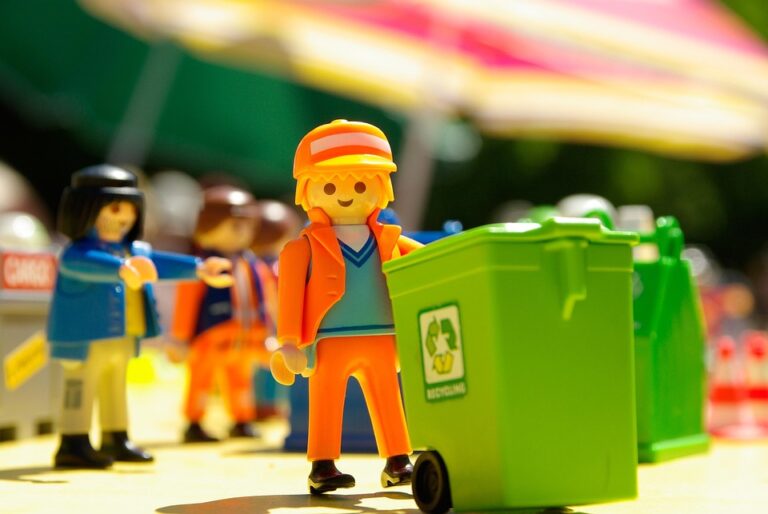Unveiling the Passion: The Art and Science of Collecting
Introduction
Collecting is far more than a mere hobby; it’s a profound expression of passion, curiosity, and identity. Whether it’s coins, stamps, vintage toys, or rare artwork, every collector shares a unique journey marked by discovery and nostalgia. In this article, we will explore the nuances of collecting, detail its art and science, and examine how collectors find companionship in their pursuits.
H1: The Collector’s Journey
H2: Understanding the Passion Behind Collecting
Every collector has a reason behind their passion. For some, collecting offers a way to connect with their past. Others find joy in the thrill of the hunt, seeking out elusive items that complete their collections. According to a 2021 survey by the National Association of Collectors, 78% of collectors reported that their hobby provides a sense of accomplishment, while 65% noted that it brings them happiness.
Example: Consider a stamp collector. The thrill of tracking down a particular stamp, perhaps one that has a fascinating history or rarity, can be akin to a treasure hunt. This journey deepens their appreciation for history and geography, weaving a rich tapestry of personal connection.
H3: The Art of Collecting
Collecting is undeniably an art form. This stems from the aesthetic appreciation of items, the understanding of their place in history, and the skill involved in sourcing and preserving them.
-
Curating a Collection: A novice collector may begin with an eclectic assortment, but true collectors cultivate their collections based on themes, rarity, or historical significance. This requires significant knowledge and discernment.
- Display and Preservation: The way collectors display their treasures is an art in itself. Effective display not only showcases the items but also tells a story. Collecting can even involve learning about preservation methods to maintain an item’s condition—thus enhancing its value.
H2: The Science of Collecting
While the art of collecting is grounded in passion, the science offers a structured approach to building a collection. Here are a few key principles:
-
Market Research: Understanding the market trends for a specific type of collectible is crucial. A collector must stay informed about prices, demand, and how items’ values fluctuate based on current interests or events.
-
Networking with Other Collectors: Engaging with fellow collectors can provide insights into the marketplace and uncover new sourcing opportunities. The rise of online forums and social media platforms has made connecting with other collectors easier than ever.
- Investment Considerations: Many collectors also view their pursuits through an investment lens. A 2022 report from ArtPrice indicated that art investments had provided a 9% annual return over the last decade, outperforming traditional markets. As such, collectors often weigh the financial implications alongside their passion.
H1: Modern Collecting Trends
H2: The Digital Age of Collecting
The digital landscape has transformed how collectors operate, making it easier to source, buy, and sell collectibles. Notable trends include:
-
Online Marketplaces: Platforms like eBay, Etsy, and specialized auction sites have democratized access to collectible markets. Collectors from around the globe can trade items, vastly expanding their potential pools of rare finds.
- Social Media Influence: Instagram and TikTok have become hotspots for collectors to showcase their collections, connect with others, and even make sales. According to Statista, 59% of collectors have utilized social media to enhance their collection.
H2: Sustainable Collecting
A growing awareness of sustainability has also influenced collecting trends. Many collectors are now focusing on upcycled or ethically sourced items, such as vintage clothing or antique furniture, aligning their passion with environmental concerns.
H1: The Community Aspect of Collecting
H2: Building Connections
For many collectors, community plays an essential role in their experiences. Collector clubs and online groups foster relationships that enrich the collecting experience.
- Events and Conventions: Collector conventions provide opportunities to meet likeminded individuals, learn more about items, attend seminars, and engage in valuation discussions.
H2: A Shared Passion
The camaraderie built in collector communities often carries significant emotional weight. Group members share stories, tips, and resources, often leading to lifelong friendships.
Conclusion: The Endless Pursuit of Passion
Ultimately, the journey of a collector is a blend of passion and knowledge. While it has transformed over time, is fueled by digital platforms and sustainability considerations, the essence remains the same: a persistent quest for connection, knowledge, and shared experiences. Whether as an investment strategy or a rewarding hobby, being a collector transcends basic accumulation—it’s an ongoing narrative of exploration and belonging.
For more insights on the various facets of collecting, check out articles on The Rise of Vintage Toy Collecting and The Psychology Behind Collecting. For additional reading, the National Association of Collectors offers valuable resources that can enhance your understanding and appreciation of this fascinating hobby.
Disclaimer: The content provided in this article is for informational purposes only and should not be considered professional consulting advice. Buzzo.live holds no liability for the accuracy or completeness of the information.
Image Suggestions:
- Image of a stamp collection display. Alt Text: "Collector showcasing a diverse stamp collection."
- Image of a vintage coin collector at a convention. Alt Text: "Collector engaging with peers at a coin convention."


